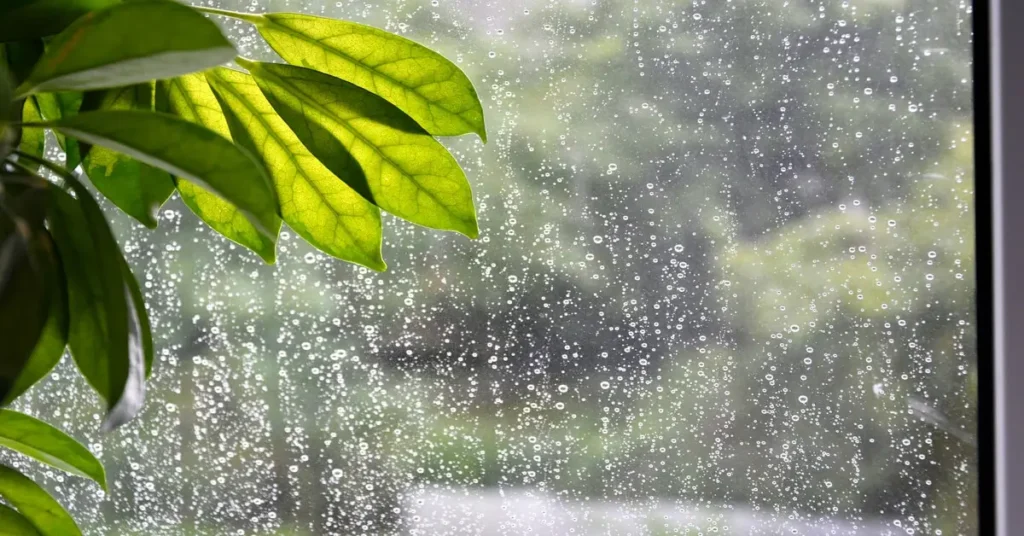Summer isn’t just about sunshine — in many areas, it also means unpredictable storms, heavy rains, and strong winds. Taking a few proactive steps now can help protect your home from potential storm damage and save you from costly repairs down the road.
Here’s how to prepare your home for summer storms:
1. Inspect and Reinforce Doors and Windows
Make sure all windows and exterior doors close securely and have proper seals. Check for cracks in window frames and reinforce them if needed. If you live in a storm-prone area, consider installing storm shutters or using impact-resistant glass.
2. Clear Gutters and Downspouts
Gutters are your first line of defense against water damage. Clean out leaves, twigs, and debris so water can flow freely away from your home. Ensure downspouts extend at least 3–4 feet away from your foundation.
3. Secure Outdoor Furniture and Decor
Patio furniture, planters, and grills can become projectiles in strong winds. Secure or store anything lightweight that isn’t bolted down when a storm is in the forecast.
4. Check Roof and Siding for Weak Spots
Look for loose shingles, damaged flashing, or cracked siding. These weak spots can let water in during heavy rain or wind. Address repairs early to prevent leaks or more serious damage.
5. Trim Overhanging Branches
Large tree limbs hanging over your roof or driveway can pose a serious risk during high winds. Trim back any branches that could potentially fall and cause damage.
6. Know Where Your Shut-Offs Are
Familiarize yourself with the locations of your home’s main water, gas, and power shut-offs. In the event of a major storm or emergency, this knowledge can help minimize damage quickly.
7. Create an Emergency Kit and Plan
Keep flashlights, batteries, water, first aid supplies, and important documents in a safe, accessible place. Make a plan with your family in case of an evacuation or extended power outage.
Storm-proofing your home might seem like a hassle, but a little preparation goes a long way. These simple steps can give you peace of mind — and help protect what matters most when the weather takes a turn.

